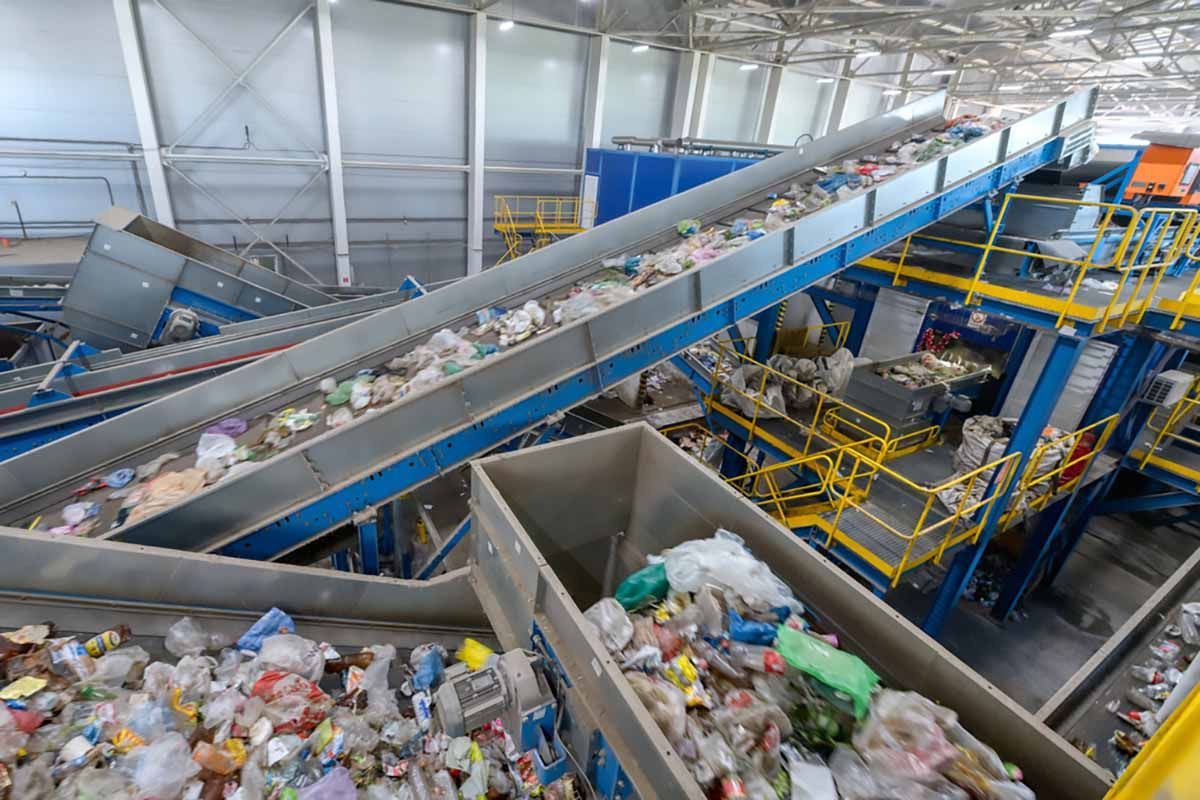Circular Polymers
We are pleased to welcome Circular Polymers as a new Supporting Advisory Member to The Northeast Recycling Council
Headquartered in Houston with its plant located in Lincoln CA, new NERC Advisory Member Circular Polymers by Ascend has redirected about 85 million pounds of waste from landfills since 2018 and plans to further expand its operations. The Nylon 6,6, Nylon 6, PET and Polypropylene derived by the company from post-consumer carpet become feedstock for chemical recycling, and also provide polymer for traditional industries.
In November 2022, Ascend Performance Materials purchased a majority stake in Circular Polymers. In June 2023, the company launched Cerene, which it describes as “a line of recycled polymers and materials made from the company’s proprietary carpet reclaiming technology.” The materials in the Cerene line provide sustainable feedstock for many applications, including molding and compounding.
“Customers around the globe are seeking consistent and reliable post-consumer recycled materials,” said Maria Field, business director of Circular Polymers by Ascend. “Cerene is mechanically recycled using a process that minimizes our carbon footprint and environmental impact.”
Ascend’s acquisition of Circular Polymers provides the parent company with a consistent supply of high-quality PCR materials for its ReDefyne sustainable polyamides. “We are focused on helping our customers reach their sustainability goals and Circular Polymers by Ascend provides materials that offer strong performance with a considerably smaller environmental footprint, compared to other technologies like pyrolysis,” said Phil McDivitt, president and CEO of Ascend. “Since we launched ReDefyne, the demand for our circular products has been significant across all segments of our business, including automotive, consumer, electronics and high-performance fibers and textiles.”
“Since 2018, we have focused on improving the sourcing and processing of post-consumer high-performance polymers,” said David Bender, founder and CEO of Circular Polymers. “Having Ascend on board will accelerate our growth and ensure these materials go back into new long-term, high-performance applications.”
It’s all hands on deck for solutions to the plastics waste pollution crisis. NERC welcomes Circular Polymers by Ascend as a new Advisory Member, and looks forward to partnering on approaches to an effective circular economy.
For more information about Circular Polymers click
here
Share Post





